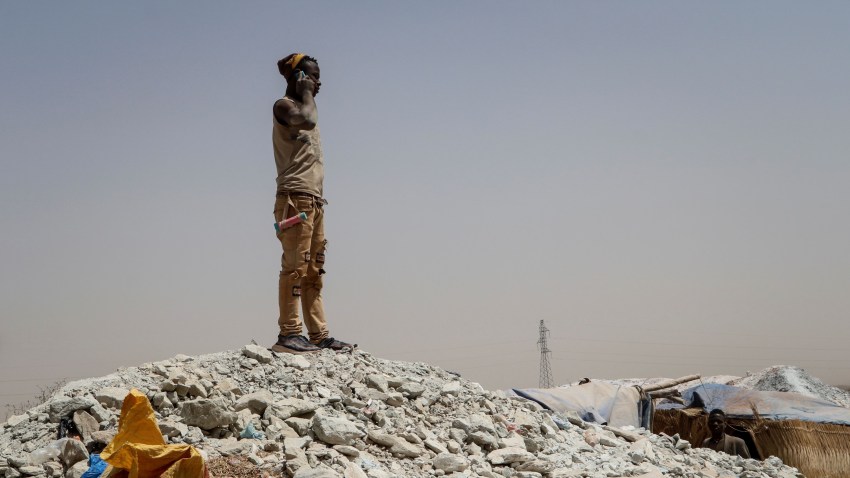The residents of Solhan, a village in northeastern Burkina Faso, are painfully aware of the connection between artisanal mining and insecurity.
Last June, insurgents invaded the village, targeting the civilian self-defense force in the area as well as an artisanal gold mine located there. They went on to burn down a market and several houses, killing at least 160 civilians in the process. The regional governor directly blamed the incident, which marked one of the deadliest-ever insurgent attacks in Burkina Faso, on artisanal gold mining, and he subsequently banned the practice after the attack.
Several hundred miles to the east, in the Nigerian state of Zamfara, artisanal gold mining is proving similarly problematic. Security officials there insist that a nexus exists between the rapid proliferation of banditry groups, which have kidnapped nearly 2,000 people this year alone, and illegal mining. In June, the federal government banned all forms of mining in Zamfara in an effort to prevent banditry groups from profiting from the activity.

